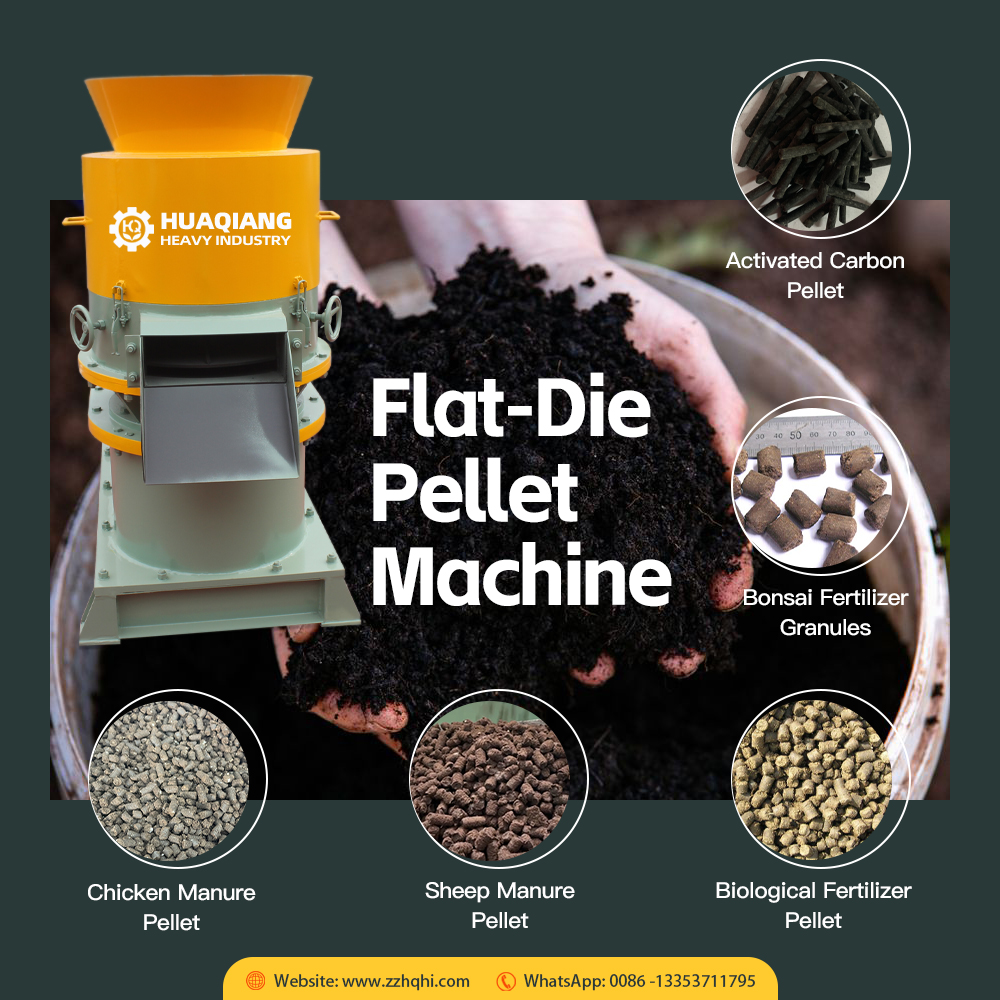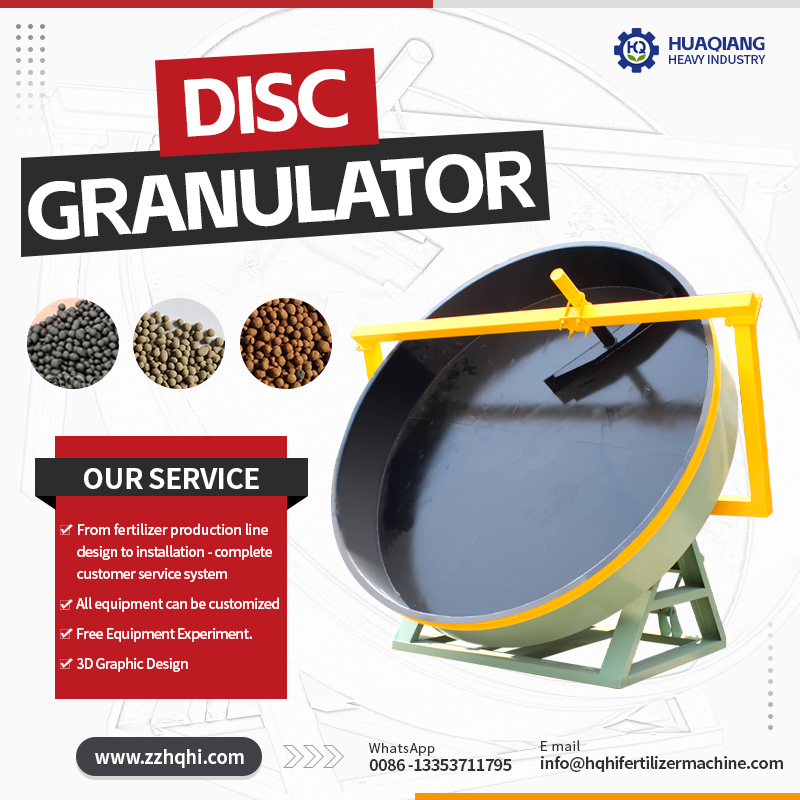The NPK Magic: How Fertilizer Granules Are Born!
Ever wondered how those perfect little fertilizer granules that feed our crops are created? The secret lies in the fascinating NPK production process – a sophisticated dance of science and engineering that transforms raw materials into nutrient-rich agricultural gold.
.jpg)
The Art and Science of NPK Manufacturing
The NPK manufacturing process begins with precise formulation, where nitrogen (N), phosphorus (P), and potassium (K) are carefully balanced to meet specific crop needs. This precision continues into the blending phase, where an advanced NPK blending machine ensures absolutely uniform distribution of nutrients throughout the mixture. Unlike an organic fertilizer production machine that works with natural materials, the NPK process deals with refined chemical compounds requiring exact proportions.
Granulation: Where Magic Happens
At the heart of the operation lies the remarkable NPK fertilizer granulator machine. This engineering marvel uses a combination of pressure, agitation, and sometimes moisture to form perfectly consistent granules. The machine transforms the blended powder into durable, easy-to-handle particles that won’t separate during transport or application. While an organic fertilizer manufacturing machine might use composting and natural binding agents, the NPK granulator employs sophisticated mechanical processes to achieve optimal particle structure.
The Complete NPK Fertilizer Manufacturing Process
The full NPK fertilizer manufacturing process is a multi-stage operation that includes crushing, mixing, granulating, drying, cooling, screening, and coating. Each step is precisely controlled to ensure the final product has consistent size, strength, and nutrient content. The process showcases human ingenuity at its finest – taking essential elements from nature and transforming them into forms that maximize agricultural productivity while minimizing waste and environmental impact.
From the initial blending to the final packaging, the NPK production process represents a perfect marriage of chemistry and engineering. Whether compared to traditional methods or even modern organic fertilizer production machine technology, the precision and efficiency of NPK manufacturing continues to revolutionize how we feed our growing world. The sophisticated NPK fertilizer granulator machine stands as a testament to agricultural innovation, helping farmers achieve better yields while optimizing nutrient delivery to crops.

